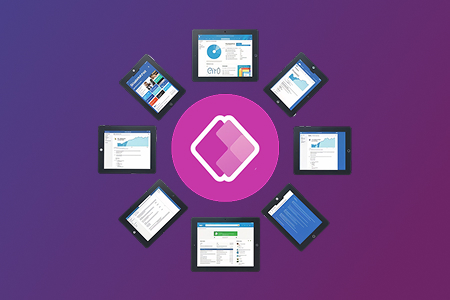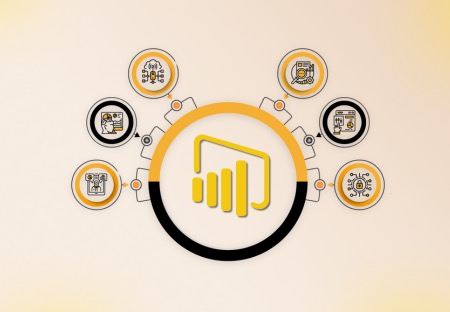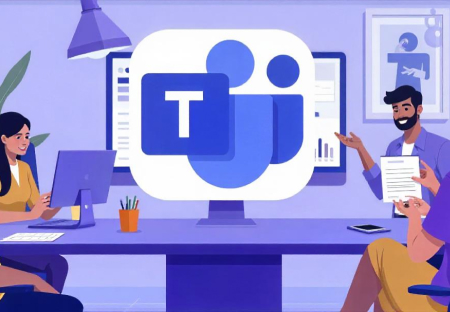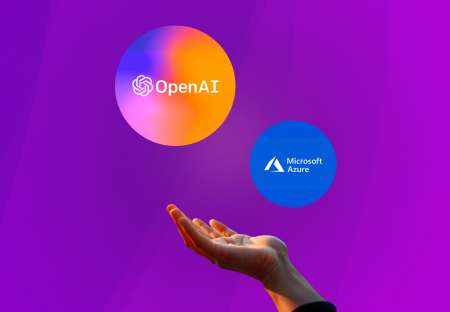Application Programming Interfaces, or Web APIs, have been present for nearly two decades; however, the concept of “API First Approach” has started to gain traction in the past few years. Today, more and more software developers begin their product creation processes with API integration.
Web APIs enable Internet-based communication between a client and a remote resource (such as an API server). APIs frequently allows for easier system integration. So, if you’re wondering how web APIs benefit you, then read this post. In this post, we’ll discuss an application programming interface and how it can help you.
So, let’s get started…
What is an API First Approach?
An application programming interface (API) first approach indicates that your APIs will be handled as “first-class citizens” for any development project.
The fundamental tenet of an API-first strategy is that the design and development of an API should precede its implementation. According to an API-first methodology, code is not the starting point. The development team begins by designing, planning, prototyping, and testing the application’s interface. Before focusing on UI design, the team constructs a robust API.
An API-first approach involves the development of APIs that are consistent and reusable. This can be achieved through the use of an API description language, which establishes a contract for how the API is supposed to behave. Spending additional time contemplating the architecture of an API is required in order to establish a contract.
Before any code is built, it frequently requires further planning and consultation with the stakeholders to provide feedback on the architecture of an API.
What is the need for API-First Approach?
The use of APIs can improve user experiences by enabling secure connections between systems. It translates data formats so that other programs can understand them by acting as an intermediary. This, in turn, avoids software conversions that can be costly and limits incompatibility between systems. Additionally, APIs play an imperative role in developing robust applications. It makes reusing functionality and simplifying coding easier for developers.
Here are some crucial reasons why your business needs an API:
APIs allow you to share data with other companies, which brings synergy between your companies.
By exposing your data through APIs, you enable your company to make its software and data available to anyone. This allows anyone to access insights and develop solutions they otherwise would not have been able to.
With an API, you can eliminate redundancies, as well as provide a variety of choices for users who want to use your company’s services.
Benefits of Adopting an API-First Approach
Building products with an API-first approach offers a wide range of advantages, which includes:
1. Time Saving Approach
The first step in implementing an API is to create a contract. Once the contract is created, different teams inside an organization can work on different APIs simultaneously. All they have to do is to follow the contract. The introduction of new versions of an API is not something that developers are required to wait for before moving on to another API. Teams can mimic APIs and test API dependencies based on the API description that has been defined. This, in turn, saves a lot of time for developers.
2. Significant for Business Growth
Companies can integrate their systems with apps and websites developed by third parties using APIs. You could, for instance, grant access to your API to developers who want to create shopping cart plugins for your e-commerce website. Adding payment processing features or drop shipping capabilities to your solution would give these other developers the opportunity to add additional value.
3. It Speeds Up The Process
To stay competitive in today’s fast-paced business environment, it is essential to develop applications as quickly as possible. Professional design and timely market availability, within six months, are both critical factors to consider. API first makes it easier to add new services and technologies to applications without re-architecting the entire system. The creation of application programming interfaces (APIs) and other software is sped up noticeably by automation.
4. Reduces the Likelihood of a Failed Attempt
Practically every business function utilizes application programming interfaces (APIs). From marketing and sales to communication and applications front-end users. Using APIs first reduces the risk of failure by ensuring that APIs are dependable, consistent, and simple for developers to work with.
5. Enhanced developer experience
Using APIs First enhances developer experience (DX). When designing an API, it is crucial to prioritize the developer experience. Developers are a crucial component of the value delivery chain. They develop APIs and utilize them for the advantage of both consumers and businesses. An API-first approach involves APIs that resemble the product more than the technology. The purpose of an API is to create a thriving environment where developers can easily access data and build apps on top of it. Therefore, it makes logical to provide a developer-friendly API that is functional.
6. Cost Saving Approach
Both application programming interfaces (APIs) and code can be reused for many applications. A development team doesn’t need to begin the process of creating a new application from the ground up, which saves both time and money. In API-first design, resolving the majority of problems is enabled before writing any code, which helps to prevent problems throughout the process of integrating APIs with applications.
Wrapping it up…
So these are the potential benefits of APIs First Approach. Adopting an API-first approach when developing products can help organizations significantly.
An API-first approach necessitates that teams carefully plan, organize, and communicate their API program vision. Additionally, it necessitates adopting tools that support an API-first strategy.
Learn More: Application Modernization Services of Metaorange Digital










